Slope Creep: Warning Signs, Causes And Structural Damage To A House
Home » Structural »
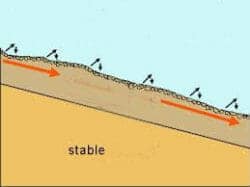
Slope creep often results in damage to a house over time. The damage may include foundation or framing damage, sewer line damage, roof damage, doors and window sticking, garage floor and slab cracks as well as cracks in swimming pools and spas, etc.
When your home sits on a lot that has slope creep, the entire home usually moves or shifts, not just one small portion.
Homeowners seldom think about slope creep because it happens so slowly, usually over a number of years and when it does comes to their attention, it’s because of problems that are occurring in their house; not because they looked out over their yard or the surrounding area and said “Oh, we have slope creep.”
Slope creep is basically the top layer of soil moving downhill very slowly
The speed of slope creep is very slow, unlike the speed of a landslide or mudslide; all of which might be considered to be in a category of hillslope mass movements, the same as slope creep.
One reason slope creep is so difficult to notice when it’s occurring is because the movement may only be 0.3 cm (1/10 of an inch) to a couple of centimeters a year. A movement of just one centimeter a year would be about 4 inches in ten years. The rate of movement depends on many factors, ranging from the types of soils, steepness of the grade (hillside), the type of ground cover and vegetation, the amount of moisture/rain and whether there are seasonal freeze / dry cycles.
Keeping the concept of gravity in mind, with all things being equal, the steeper the slope, the faster the soil movement. One of the common misunderstandings about slope creep is that it only occurs on steep hillsides, but in reality, it may even occur on mildly sloping lots.
Depth and size of slope creep
Site specific v. global
When geotechnical engineers are reviewing a home that may be having soil movement, such as slope creep, they will want to know if the soil issues are site specific; just related to the lot that the home sits on or are the soil issues global, meaning the geographic area the home is in. They may think of global as being the local neighborhood or as a much larger area than the neighborhood.
Depth
The depth of the topsoil layer that is creeping downhill can vary considerably. It may be only 4 or 5 feet thick, or it may be 70 feet thick and will often vary due to the formation of the layer under the top layer.
Warning signs of possible slope creep that geotechnical engineers watch for
There are a number of indications or warning signs that slope creep may be occurring in your neighborhood or on your property. The following list and photos will give some of the things that geotechnical engineers and structural engineers will look for when analyzing your property and home.
Possible Warning Signs
Drive the neighborhood
One of the first things that many geotechnical engineers do when suspecting slope creep is to drive around the neighborhood checking for evidence of soil movement. They look for:
- Curb and gutters that have shifted or are offset
- Wavy streets that appear to have sunk in places
- Block walls and fence post that lean
- Telephone and light poles that lean
On the home site and neighborhood
Soil and hillside indication
- Retaining walls cracked, leaning or bowed
- Scarping on hillside
- Horizontal cracks running across the hillside
- Trees trunks that are dog-leg shaped
One reason that dog-leg shaped tree trunks are an indication of slope creep is that most trees tend to have “positive phototropism”, which is when a tree grows toward the sunlight. As the soil slowly shifts downward on the slope, a leaning tree adjusts by straightening back upward towards the light.
Other warning signs of possible slope creep
Indication of structure movement such as:
- Floors sloping or not level
- Cracks in foundation
- Doors and windows sticking
- Drywall cracks
- Roof wavy or bowed
- Cracked and damaged underground sewer lines
One of the more common signs that homeowners may notice is when there is a concrete patio slab poured against the house and there is a larger than normal gap between the patio slab and the foundation. One that was smaller at one point in time.
Causes of slope creep
There are a number or reasons for slope creep, but most relate to one or more of the following causes.
- Freeze-thaw cycles of the soil in climates where freezing occurs
- Wet dry cycles, especially when there a clayey type soil layer.
- Loss of vegetation and/or tree roots that may help hold the top layer in place
- Excessive water and rain
- Loose areas of soils, i.e. where the top layer of soil is not bonded or adhering to a more stable and solid lower layer under the top layer. That there is not enough friction to prevent the force of gravity from holding the top layer in place; some may think of this as a type of mechanical resistance that keeps the top layer in place.
Trigger Mechanisms
At times there are trigger mechanisms or events that are caused by humans which induces slope instability. When analyzing what has or is causing slope creep, it is important to step back and look at what events in the area may have triggered or caused the soil to start moving. (Read about human events that may trigger slope creep)
Building department “Red Tagging” a home
In a few instances, a building department may “Red Tag” a home when there has been a significant amount of damage or the structural stability of the home is unsafe because of slope creep. They do this because of life and safety concerns.
Under this type of condition, a homeowner must move out of their home until it is deemed safe. (Read more about “Red Tagging)
Who to consult
Slope creep and damage from slope creep are usually difficult for a homeowner to assess if it’s serious. When serious, the expertise of a structural engineer and/or a geotechnical engineer to analyze the situation may be helpful.
Another source of information for your specific area may be the local building depart or the city/county engineers.

Slope creep usually happens very slowly and can be difficult and expensive to stop or correct and it’s one of the more powerful forces that cause damage to homes. It, like earthquakes, landslides, tornadoes, and hurricanes can cause tremendous damage to a home, except that slope creep does it very slowly, rather than in a matter of minutes.
The good news is that no one usually gets injured due to slope creep and there is usually lots of time to make adjustments and repairs caused by it.
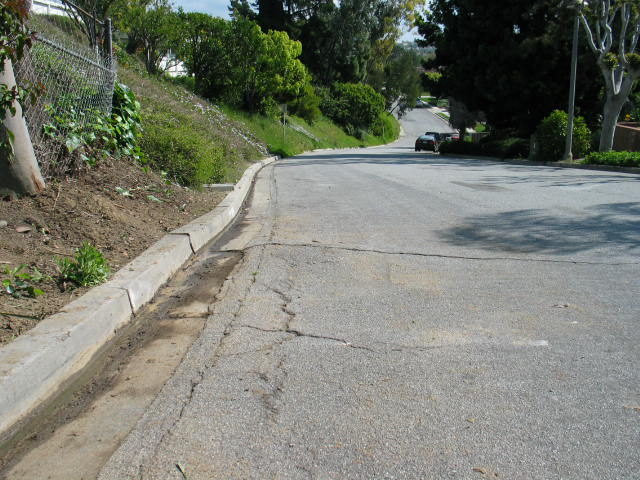
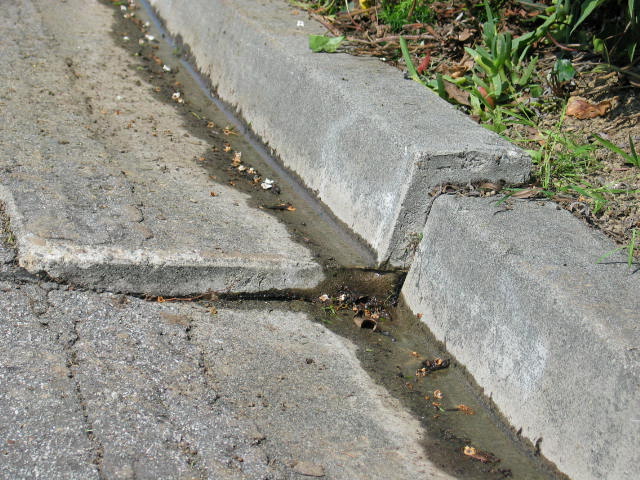
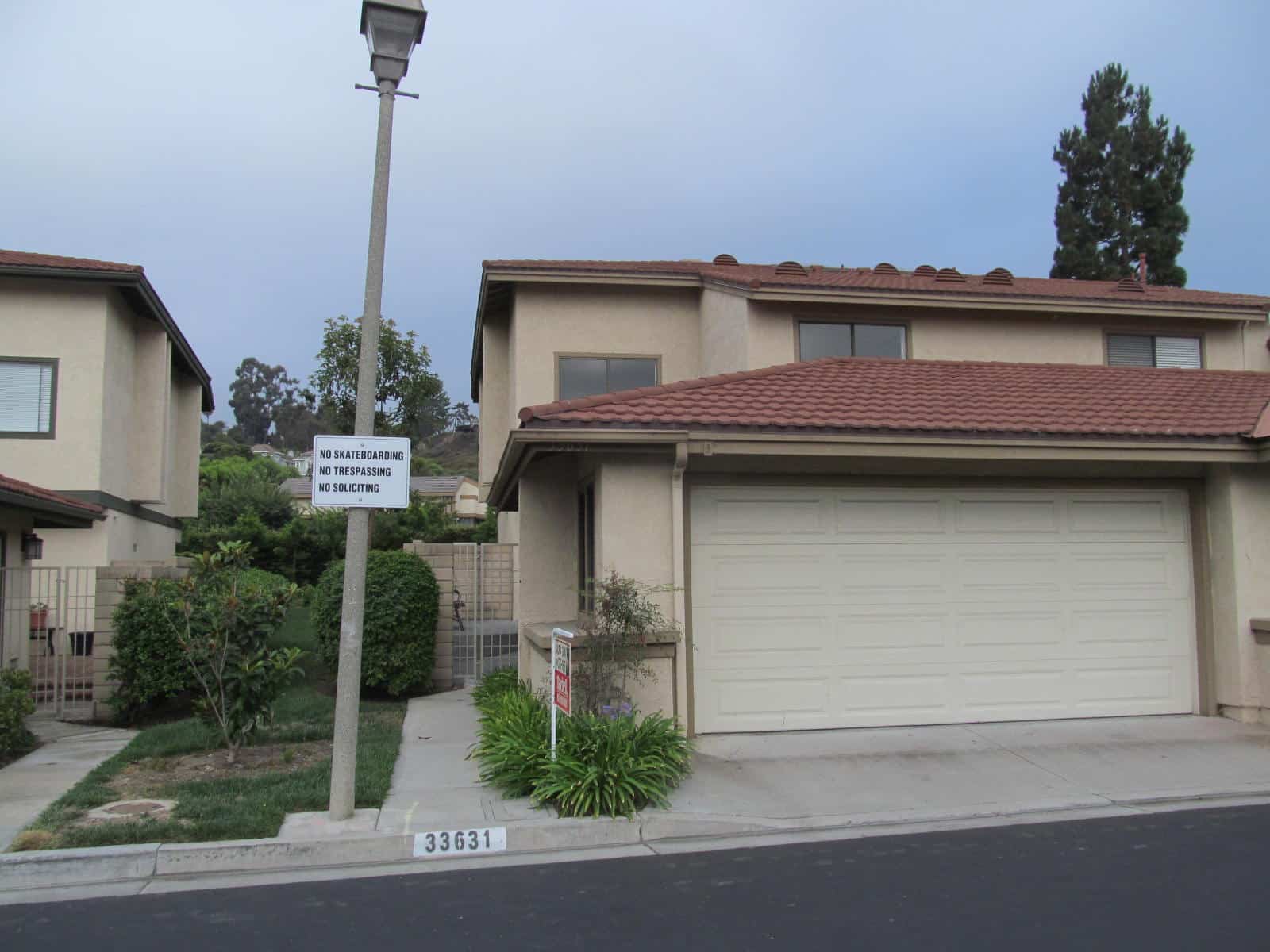
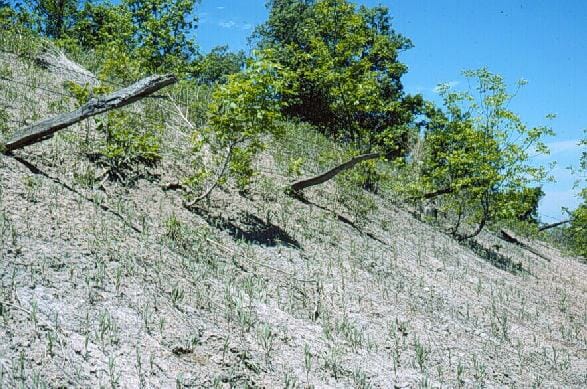

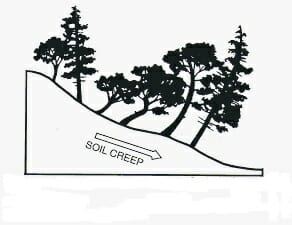
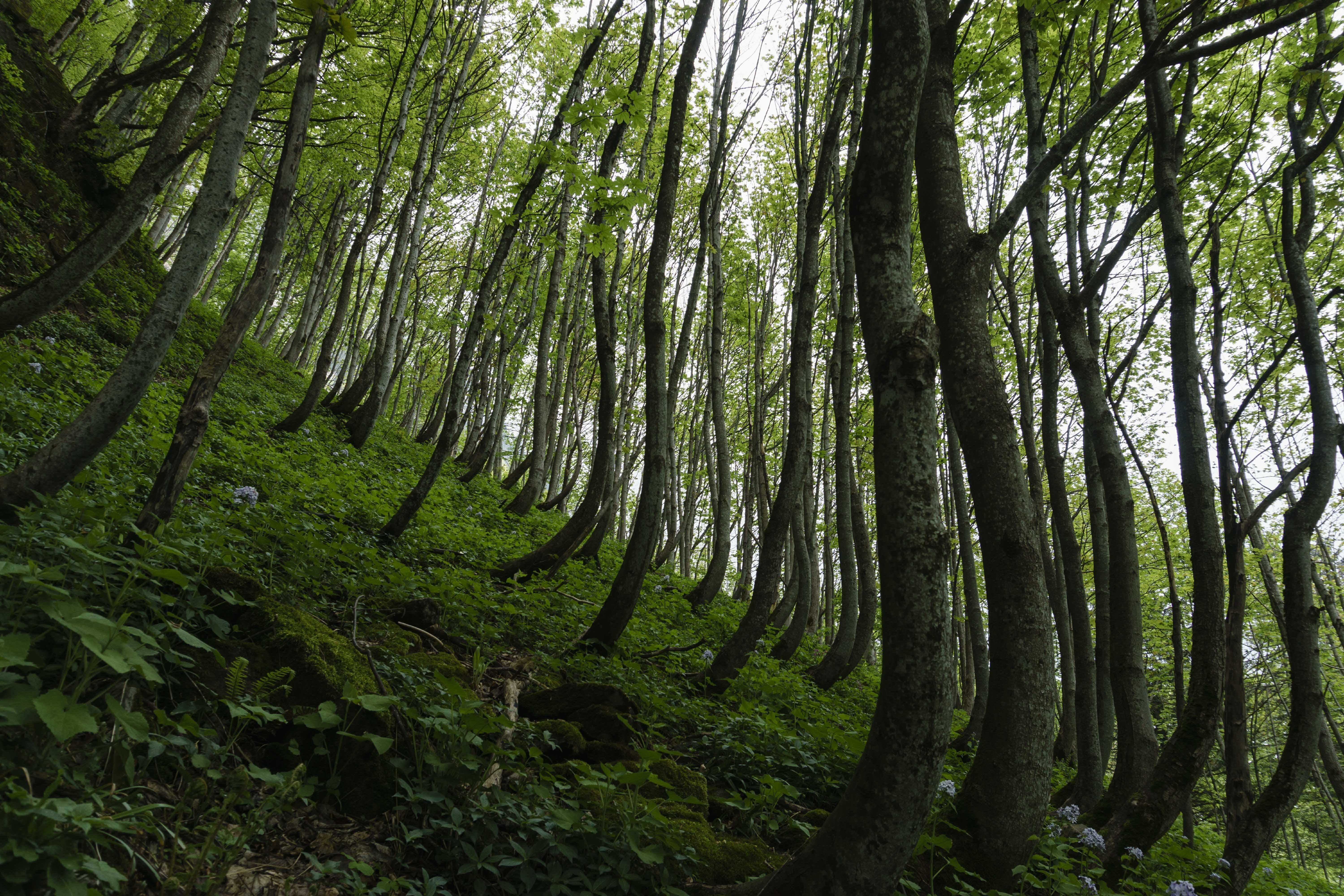
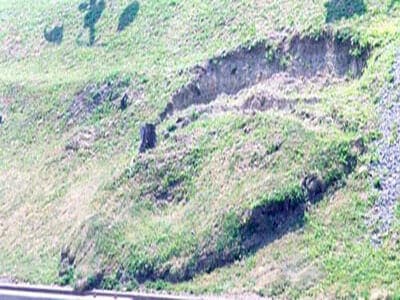
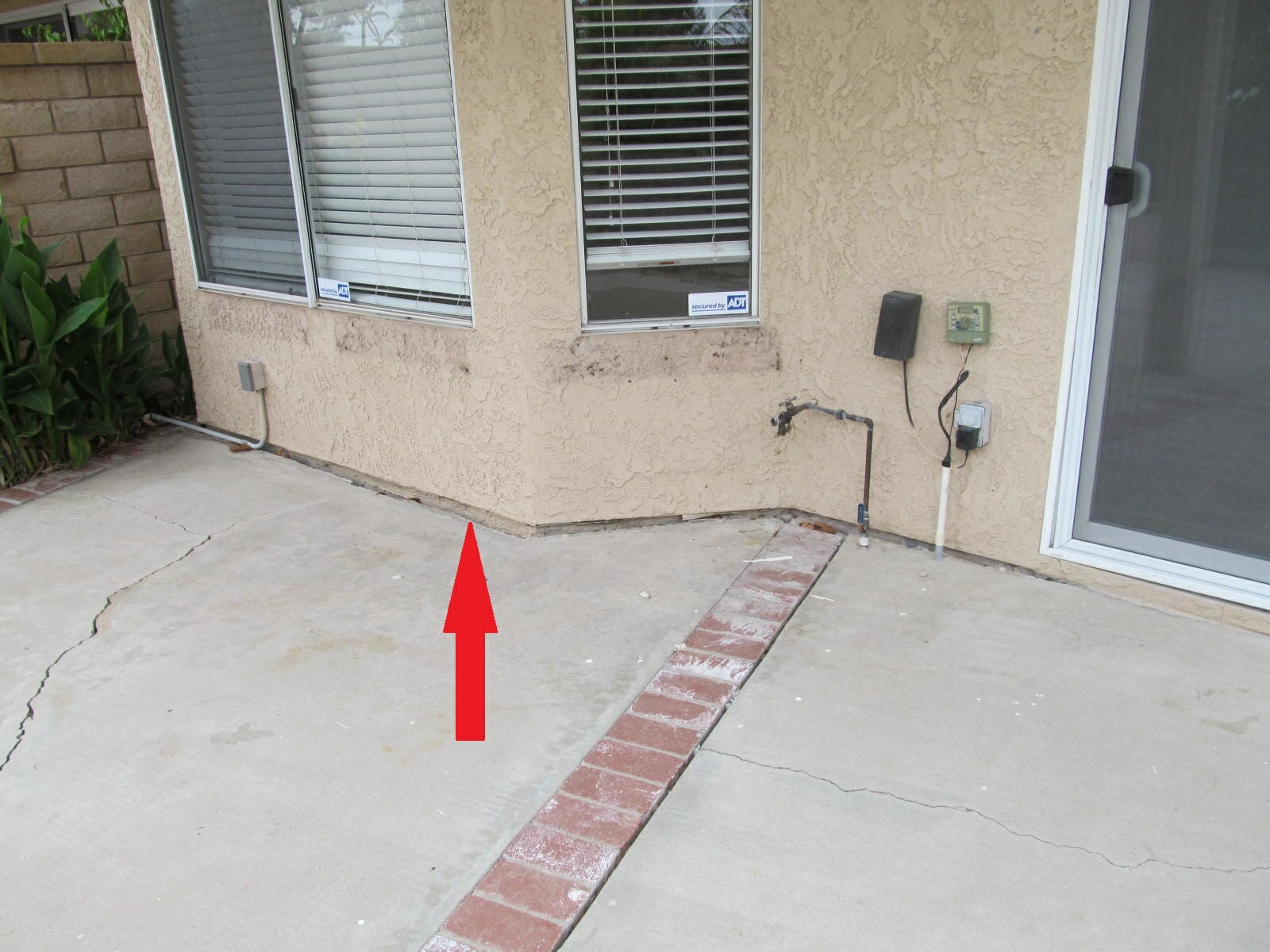
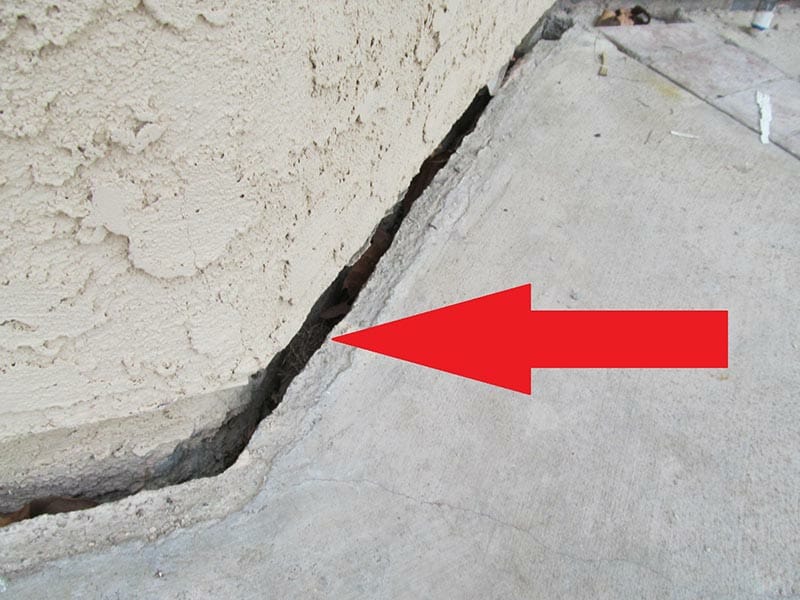

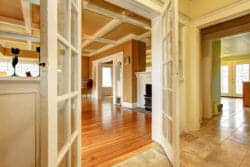
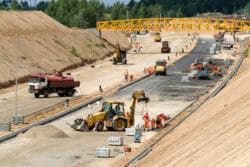
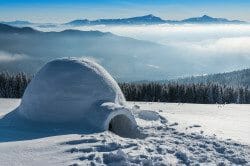
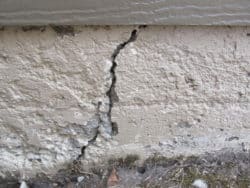
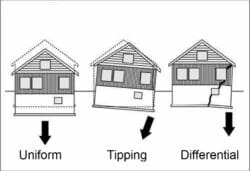


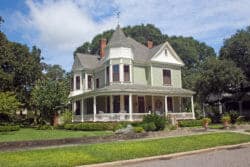

This article finally is the true facts material we needed. Now what? As the 10 month new homeowners experiencing these unknown issues, what can we do first? Please help? First home we purchased in Campo Seco Calif.